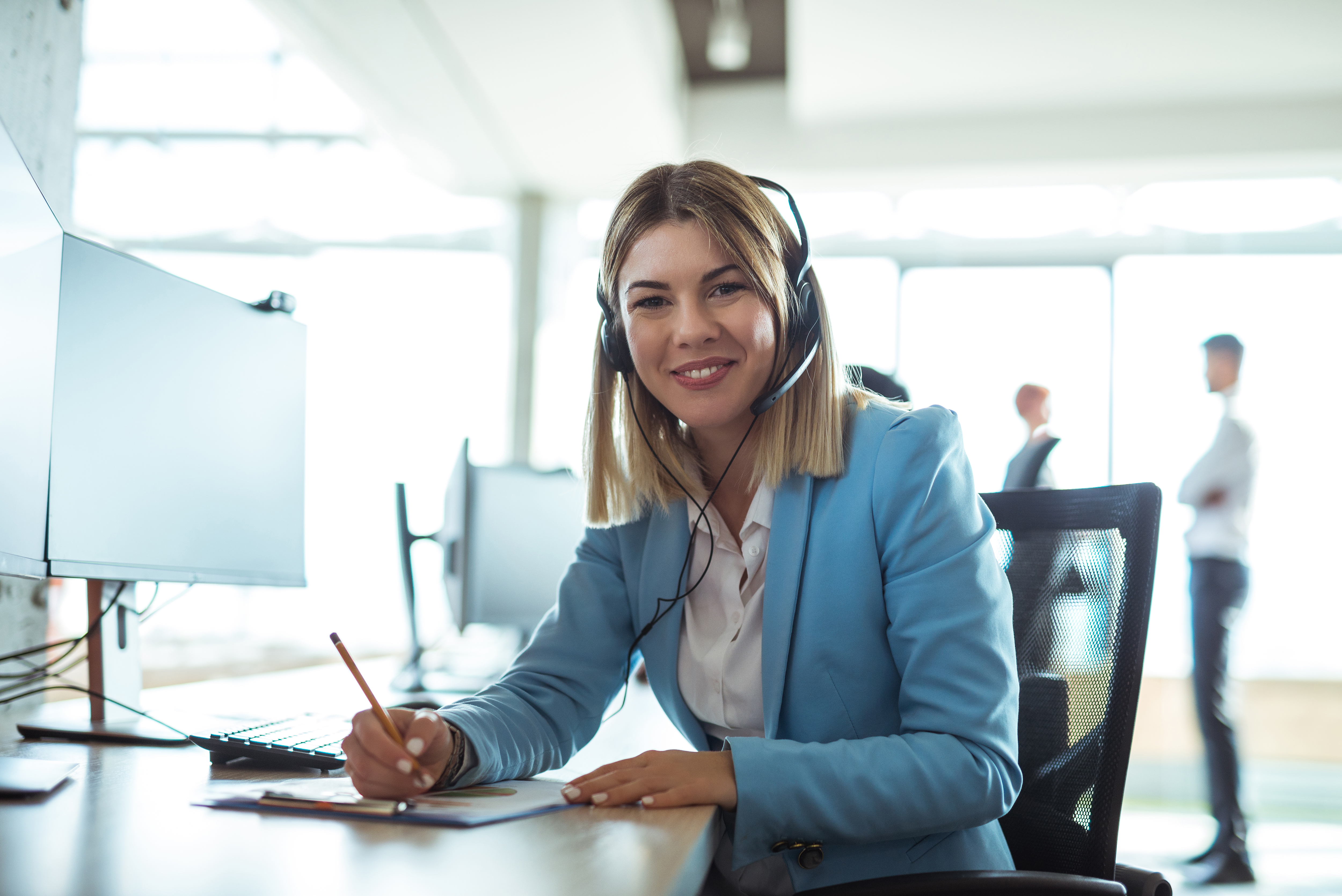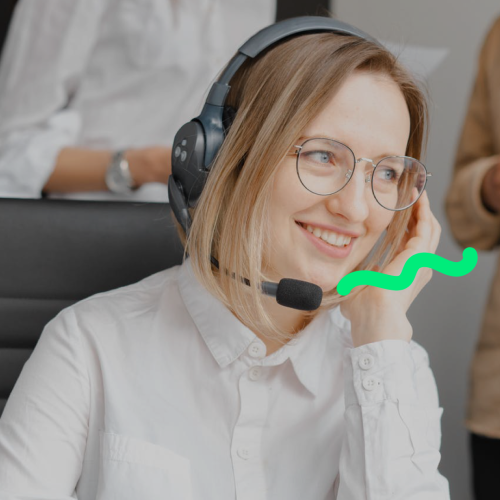All Categories
Featured
Table of Contents
- – Who Is The Best 10 Signs Your Business Needs A ...
- – A Better 10 Sectors That Can Benefits From A P...
- – What Is The Best 6 Statistics That Prove Your ...
- – What Is The Best How Answering Services Work?
- – Which Is Best How To Call Forward To An Answe...
- – Best 5 Mistakes To Avoid When Hiring A Phone...
Who Is The Best 10 Signs Your Business Needs A Telephone Answering Service Service?
This device and its successors were developed by Sava Jacobson, an electrical engineer with a personal consulting company. While early answering makers used magnetic tape technology, many contemporary equipment uses strong state memory storage; some devices utilize a combination of both, with a solid-state circuit for the outbound message and a cassette for the incoming messages.
"toll saving" listed below) (business call answering service). This is beneficial if the owner is evaluating calls and does not want to talk with all callers. In any case after going, the calling party ought to be notified about the call having been answered (for the most part this begins the charging), either by some remark of the operator, or by some welcoming message of the little, or addressed to non-human callers (e.
This holds especially for the Little bits with digitally saved greeting messages or for earlier devices (prior to the increase of microcassettes) with an unique limitless loop tape, separate from a second cassette, devoted to recording. There have been answer-only gadgets without any recording abilities, where the welcoming message needed to notify callers of a state of present unattainability, or e (phone answering).
A Better 10 Sectors That Can Benefits From A Phone Answering Service?

about schedule hours. In tape-recording TADs the welcoming usually includes an invitation to leave a message "after the beep". An answering machine that utilizes a microcassette to tape messages On a dual-cassette answerphone, there is an outbound cassette, which after the specified variety of rings plays a pre-recorded message to the caller.

Single-cassette voice mail contain the outgoing message at the beginning of the tape and incoming messages on the staying space. They initially play the statement, then fast-forward to the next readily available space for recording, then tape-record the caller's message. If there are lots of previous messages, fast-forwarding through them can trigger a substantial delay.
This beep is frequently described in the greeting message, asking for that the caller leave a message "after the beep". TADs with digital storage for the tape-recorded messages do disappoint this delay, naturally. A little may provide a push-button control facility, where the answerphone owner can ring the home number and, by getting in a code on the remote telephone's keypad, can listen to recorded messages, or erase them, even when far from house.
What Is The Best 6 Statistics That Prove Your Business Needs A Phone ... - Blog For Me

Thereby the maker increases the variety of rings after which it responds to the call (typically by 2, leading to 4 rings), if no unread messages are presently stored, however answers after the set number of rings (typically two) if there are unread messages. This permits the owner to learn whether there are messages waiting; if there are none, the owner can hang up the phone on the, e.
Some makers likewise permit themselves to be remotely triggered, if they have been switched off, by calling and letting the phone ring a certain a great deal of times (normally 10-15). Some provider desert calls already after a smaller sized variety of rings, making remote activation difficult. In the early days of Littles an unique transmitter for DTMF tones (dual-tone multi-frequency signalling) was regionally needed for push-button control, given that the previously utilized pulse dialling is not apt to convey appropriate signalling along an active connection, and the dual-tone multi-frequency signalling was carried out step-by-step.
Any inbound call is not identifiable with regard to these properties in advance of going "off hook" by the terminal equipment. So after going off hook the calls should be changed to appropriate gadgets and only the voice-type is immediately available to a human, however perhaps, nevertheless need to be routed to a TAD (e.
What Is The Best How Answering Services Work?
What if I informed you that you do not have to in fact pick up your device when answering a customer call? Somebody else will. So hassle-free, ideal? Responding to call doesn't need someone to be on the other end of the line. Efficient automated phone systems can do the trick just as efficiently as a live agent and often even better.
An automated answering service or interactive voice action system is a phone system that communicates with callers without a live person on the line - local phone answering service. When companies utilize this innovation, clients can get the answer to a question about your service just by utilizing interactions established on a pre-programmed call flow.
Although live operators upgrade the client service experience, lots of calls do not need human interaction. An easy documented message or guidelines on how a client can retrieve a piece of details generally solves a caller's instant need - virtual telephone answering. Automated answering services are an easy and reliable method to direct inbound calls to the ideal individual.
Which Is Best How To Call Forward To An Answering Service Brand
Notification that when you call a business, either for assistance or product query, the very first thing you will hear is a pre-recorded voice welcoming and a series of alternatives like press 1 for customer care, press 2 for inquiries, and so on. The pre-recorded alternatives branch out to other options depending on the customer's selection.
The phone tree system assists direct callers to the best person or department using the keypad on a mobile phone. In some circumstances, callers can utilize their voices. It deserves noting that auto-attendant alternatives aren't restricted to the ten numbers on a phone's keypad. When the caller has chosen their very first option, you can design a multi-level auto-attendant that utilizes sub-menus to direct the caller to the ideal kind of help.
The caller does not have to interact with a person if the auto-attendant phone system can manage their concern. The automatic service can route callers to an employee if they reach a "dead end" and need assistance from a live agent. It is expensive to employ an operator or executive assistant.
Best 5 Mistakes To Avoid When Hiring A Phone Answering Service Sales Near Me
Automated answering services, on the other hand, are considerably more economical and provide significant cost savings at an average of $200-$420/month. Even if you do not have actually committed personnel to handle call routing and management, an automated answering service improves productivity by enabling your group to concentrate on their strengths so they can more efficiently spend their time on the phone.
A sales lead routed to client service is a lost shot. If a consumer who has item concerns reaches the incorrect department or gets incomplete responses from well-meaning workers who are less trained to deal with a specific type of question, it can be a reason for disappointment and discontentment. An automatic answering system can minimize the number of misrouted calls, therefore helping your staff members make better use of their phone time while maximizing time in their calendar for other tasks.
With Automated Answering Systems, you can create a tailored experience for both your staff and your callers. Make a recording of your primary greeting, and simply upgrade it regularly to show what is going on in your company. You can produce as many departments or menu options as you desire.
Table of Contents
- – Who Is The Best 10 Signs Your Business Needs A ...
- – A Better 10 Sectors That Can Benefits From A P...
- – What Is The Best 6 Statistics That Prove Your ...
- – What Is The Best How Answering Services Work?
- – Which Is Best How To Call Forward To An Answe...
- – Best 5 Mistakes To Avoid When Hiring A Phone...
Latest Posts
Business Answering Service – QLD
Specialized Virtual Reception System
Top Call Answering Service
More
Latest Posts
Business Answering Service – QLD
Specialized Virtual Reception System
Top Call Answering Service